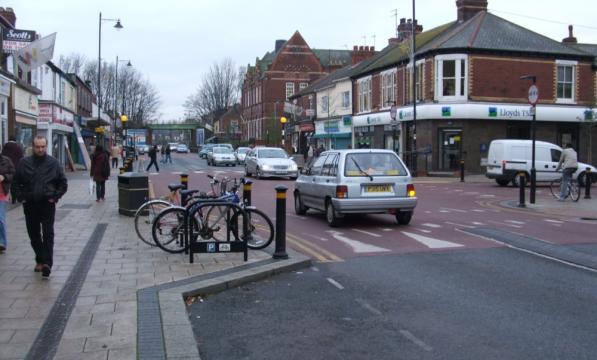2001 to 2011 - cyclist numbers change significantly
By Chris Peck
Friday, 26 April 2013

Hull - despite some improvements - the culture of cycling is gradually declining
I've already mapped the changes in cycle use by share of commuting trips in highway authorities.
Other maps showing the changes by district authority, and other modes, such as the changes in car commuting, are also available.
Changes in the number of people cycling is another way of looking at the Census data. Since 2001 there have been huge increases in the number of people who cycle in urban areas, especially London, Brighton, Manchester and Newcastle.


